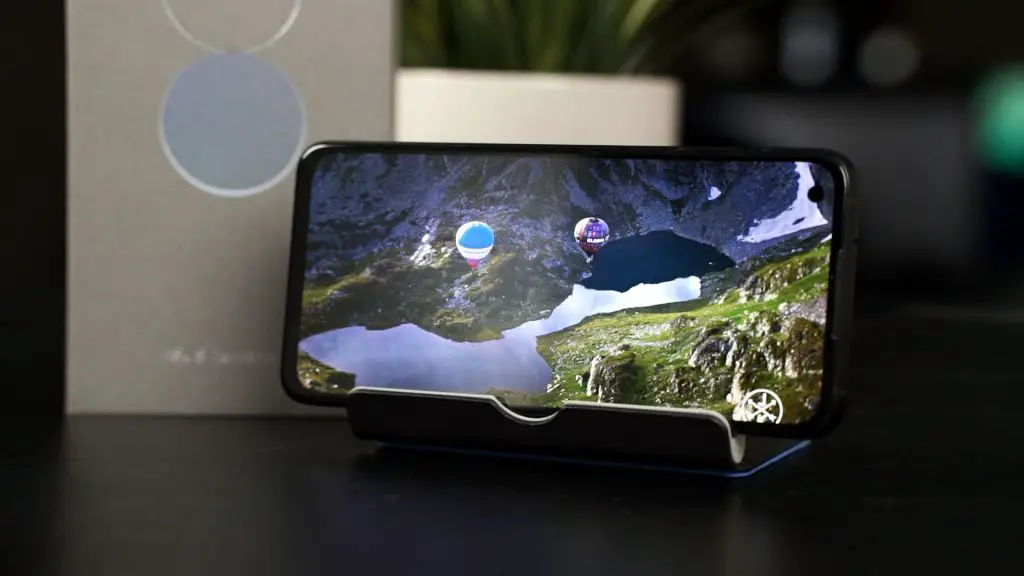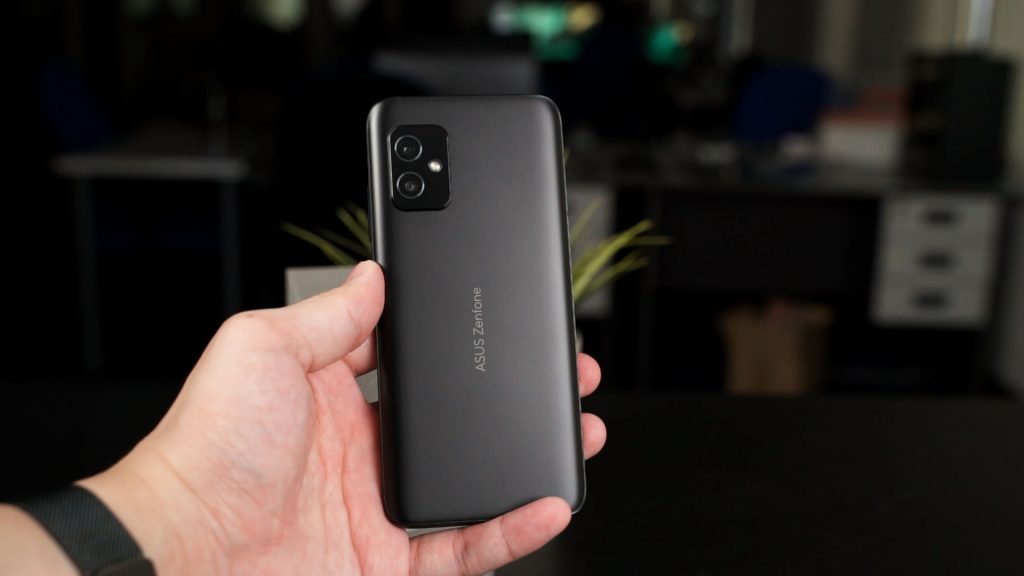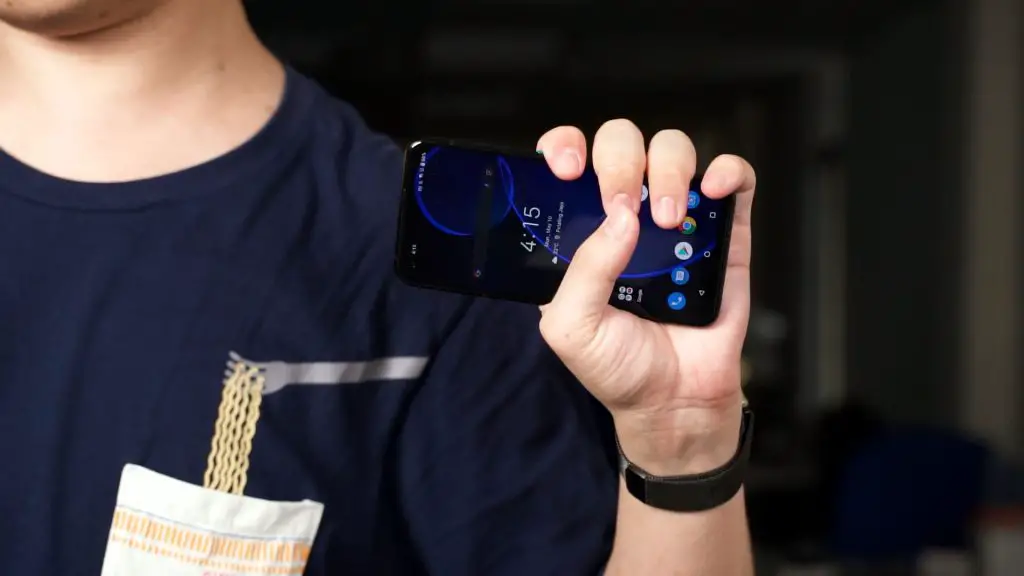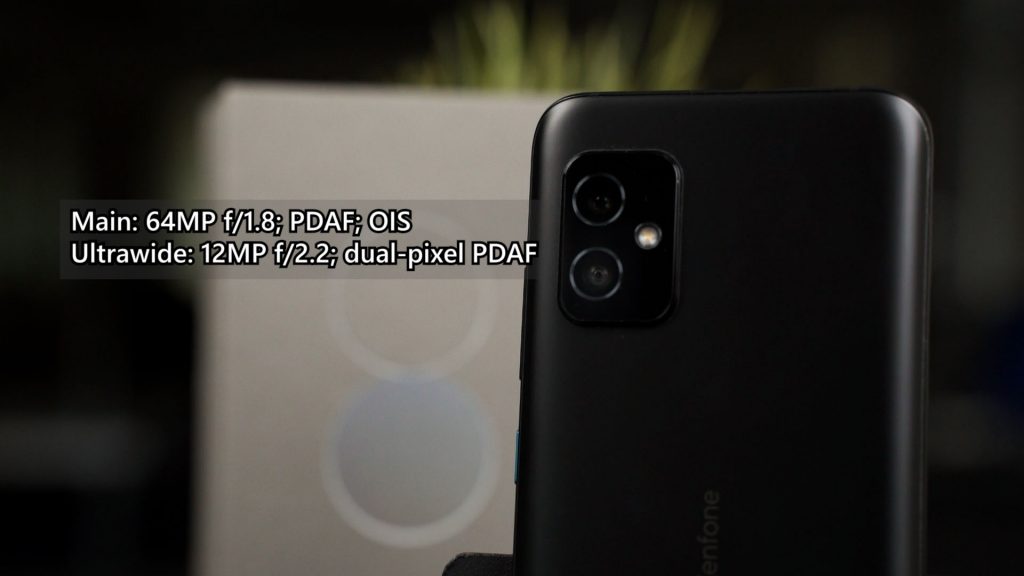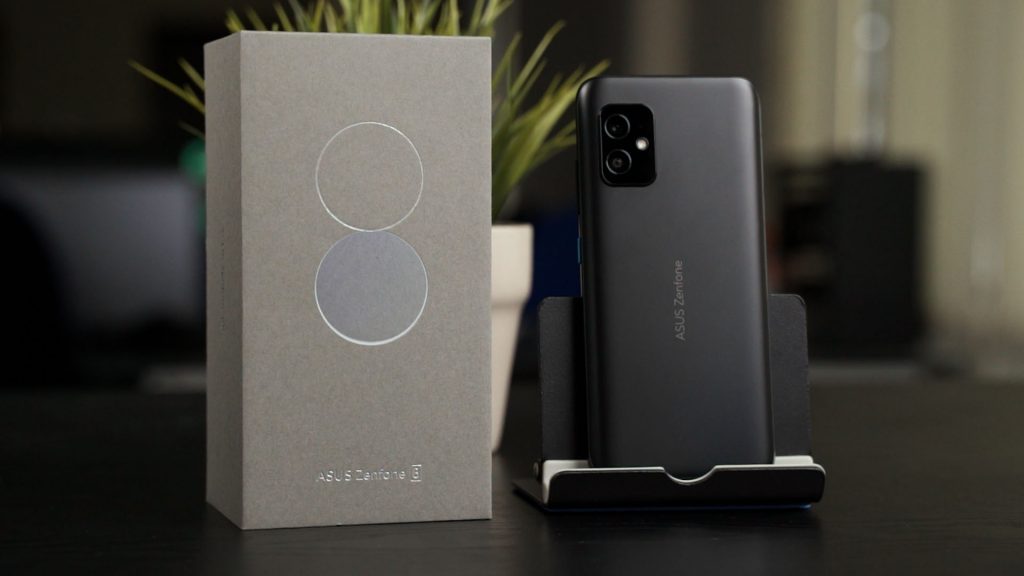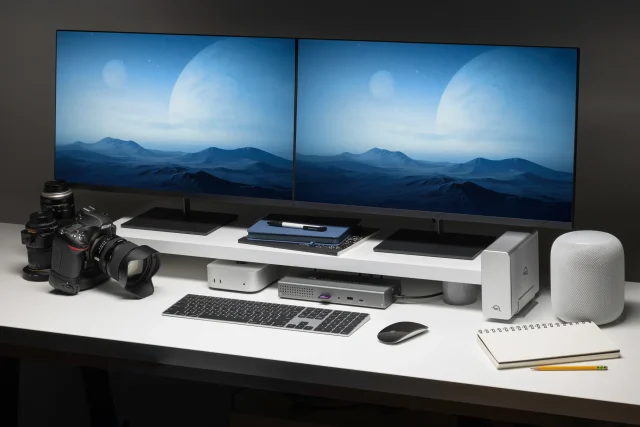The launch of the ASUS Zenfone 8 series in Malaysia marks the return of the ASUS smartphone in the local market. This is probably their most important launch ever considering how much effort they have put into this phone. Right after their virtual launch event, I have noticed a polarising argument between two camps of users – camp A, users who are disappointed and camp B, users who are excited with the phone. Their discussion has prompted me to think about how the smartphone industry has changed throughout the years.
Video
Argument 1: Display Size
The first argument is no other than the display size. At 5.9-inch, many have considered it to be small and inferior to other phones which easily offer 6.5-inch or bigger screens. It all started from the phablet trend as consumers realised they could sacrifice device size and weight for a massive display. For them, it is easier to find a bag to carry their massive phone instead of squinting their eyes, some even choose to use a cellular tablet as their phone. Because of a majority of the consumers’ preference, Android phone manufacturers have been pushing the limit on how big the screen can go on a phone.
Despite so, there are still plenty of users who are constantly looking for a reasonably sized smartphone. With that said, I think the Zenfone 8’s 5.9-inch is striking the best balance between performance and size. Hey, this phone comes with Qualcomm Snapdragon 888 chipset, the same chip found in the ROG Phone 5. Also not to forget the fact that ASUS actually included a 3.5mm audio jack on the phone of this size. ASUS basically slapped every single manufacturer out there on their claim on lack of space in the phone chassis.
Frankly speaking, phone size should never be an indicator of whether if the phone has high-performance components or not. While the general public does prefer big phones, making these niche small devices may seem to be a bad ROI for companies, then again, having a choice is better than not having any.
Argument 2: Battery Size
I am surprised to learn about how some users actually consider a 4000mAh battery to be small. Judging from the previous argument, it is pretty clear that most of the big phone users are so used to batteries with at least 4500mAh capacity which leads them to believe anything under 4500mAh to be bad. I don’t blame them because battery life is indeed one of the most important factors when it comes to making the purchase decision. Not to mention the Zenfone 8 comes with a 120Hz display which is obviously going to take more power than the standard 60Hz display.
So, is it really that bad? After using the phone for about 2 weeks, I don’t think the battery life is as terrible as some might think. I can easily achieve a full day of use, about 15 hours unplugged with 30% battery remaining. I even opted to turn on 120Hz all of the time instead of leaving it at auto. Personally, I found that the battery life difference between Auto, 60Hz and 120Hz is rather minuscule and not really worth your time. Adjusting the screen brightness has a better effect on the final battery life instead. All in all, pairing a small screen with a small battery is the same experience as pairing a big screen with a big battery.
Argument 3: Camera Count
We all know, ever since the day when a certain smartphone brand introduced a second rear camera, all hell breaks loose as the competition started to throw in more and more cameras to the back of the phone. Not to say this is a bad thing because having an extra lens of different focal length allows users to take a different type of photo, for example, an ultra-wide-angle photo can only be taken with an ultra-wide-angle lens. Unlike telephoto shots can be “achieved” through cropping. We’ll leave this discussion for another day.
Generally speaking, the consumers have been thought by the marketing material whereby the more camera at the back of the phone, the more professional it is. This is as annoying as it goes. Some people actually think a quad-camera smartphone is better than a dual-camera phone. The Zenfone 8 comes equipped with a set of well-designed camera system – 64MP standard angle camera and 12MP ultra-wide camera. Both the rear camera and even the front camera comes with PDAF. Correct me if I’m wrong, I don’t recall if there’s a phone actually gave all of its cameras with the autofocus capability. Generally speaking, having good quality camera hardware is better than more but subpar quality camera hardware.
Conclusion
ASUS has gone all-out with this Zenfone 8. They have packed all the flagship components into a chassis that is smaller than the majority of the phone out there. You get a 120Hz full HD display, Snapdragon 888 chipset, dual-camera system, 4000mAh battery and even an audio jack. That goes to show the dedication of the team to introduce a compact-sized flagship.


